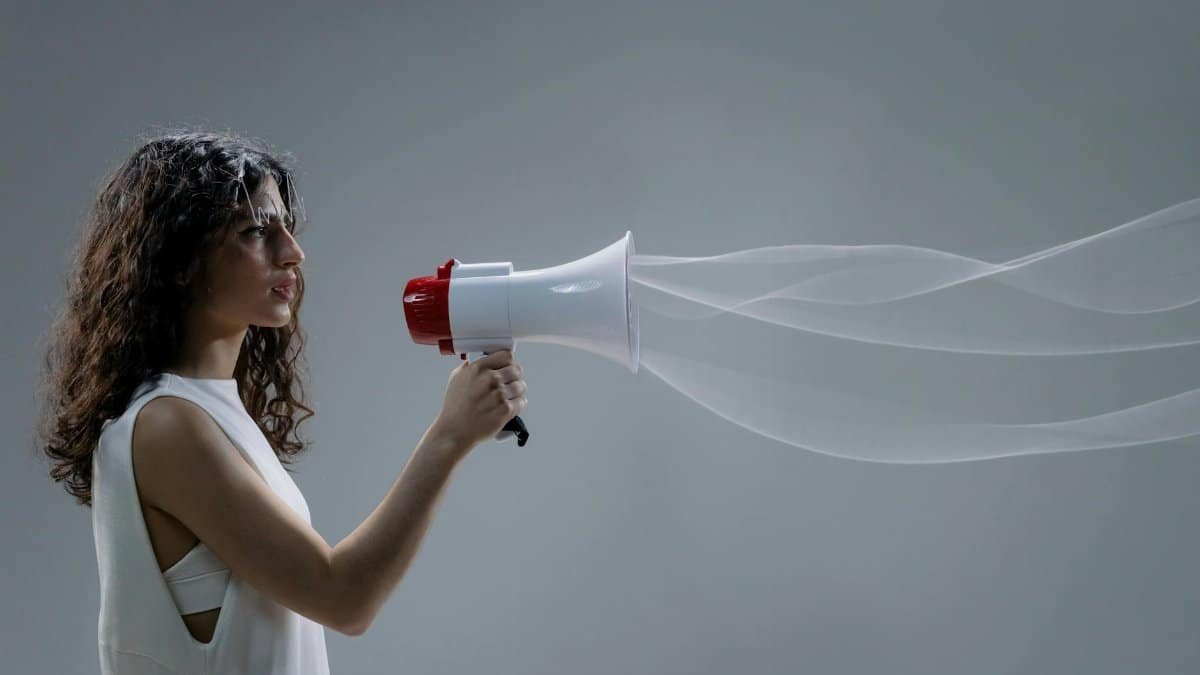Is sigh technique comparison the key to unlocking instant stress relief? With stress levels spiking for many Americans in 2025, two methods—somatic sighing and physiological sighing—are gaining traction for boosting heart rate variability (HRV), a key marker of recovery. Both promise quick calm, but which delivers faster results? This showdown cuts through the hype, comparing their mechanisms, ease of use, and real-world impact. Backed by science, we’ll reveal the winner for post-stress recovery.
What Is Somatic Sighing?

Somatic sighing focuses on intentional, expressive breath to release emotional tension. Practitioners exhale audibly, often with a vocalized sound, to signal the body to let go of stress. Rooted in somatic therapy, it’s about connecting mind and body through conscious release. Studies from institutions like the University of California, Los Angeles highlight how somatic practices can lower cortisol levels, though specific data on sighing alone remains limited. It’s intuitive, requiring no strict pattern—just a deep, felt exhale.
What Is Physiological Sighing?

Physiological sighing, popularized by neuroscientist Dr. Andrew Huberman, follows a structured pattern: two quick inhales through the nose, followed by a long, slow exhale through the mouth. This method mimics the body’s natural sigh during sleep, resetting the nervous system. Research from Stanford University shows it rapidly increases HRV, calming the body post-stress. It’s precise, science-backed, and designed for measurable impact.
How They Impact HRV

Heart rate variability measures the body’s adaptability to stress—higher HRV means better recovery. Physiological sighing directly targets the parasympathetic nervous system, often showing HRV improvements within a minute. Somatic sighing, while effective for emotional release, lacks consistent data on immediate HRV boosts. Anecdotally, users report feeling lighter, but the measurable edge goes to the structured approach of physiological sighing for quick physiological shifts.
Ease of Use in Daily Life

Somatic sighing wins for simplicity. It’s as easy as letting out a loud, intentional breath during a tough moment—no rules, no timing. Physiological sighing, while straightforward, requires remembering the double-inhale pattern, which can feel clunky under pressure. For busy professionals or parents in 2025’s fast-paced grind, somatic sighing fits seamlessly into chaotic days, while physiological sighing demands a bit more focus.
Best for Emotional vs. Physical Stress

Somatic sighing shines for emotional stress. Its expressive nature helps process frustration or anxiety, acting as a mental reset. Physiological sighing, conversely, excels for physical stress—like post-workout recovery or after a panic response. Its mechanism directly slows heart rate, making it ideal for tangible, bodily tension. Your stress type may dictate the better fit in a sigh technique comparison.
Which Wins for Fastest HRV Bump?

After weighing both, physiological sighing takes the crown for fastest HRV improvement. Its structured approach delivers consistent, science-supported results in under a minute, ideal for acute stress recovery. Somatic sighing, while powerful for emotional release, lacks the same precision for immediate physiological impact. If speed and measurable calm are your goals, stick with the double-inhale method. But for a quick emotional unload, somatic sighing still has its place.
